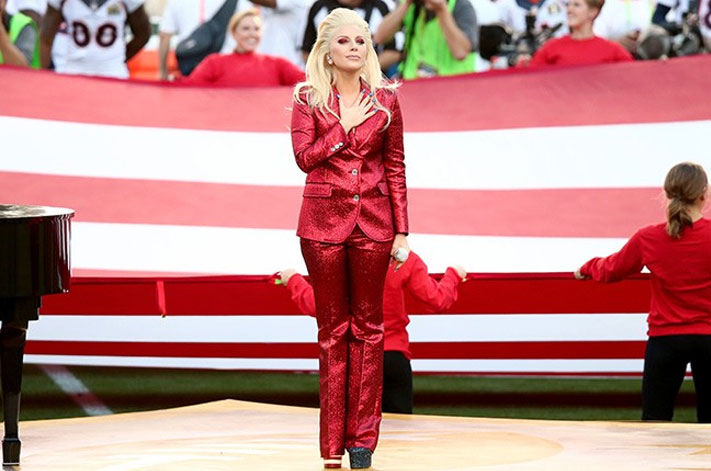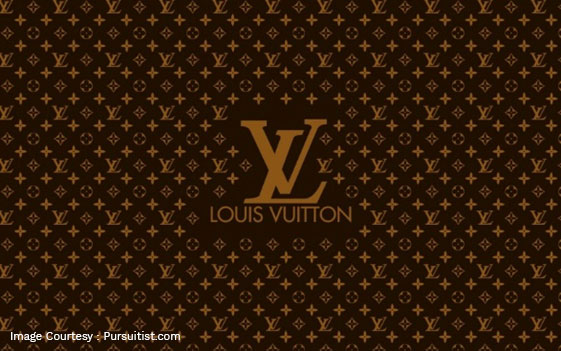How Has Digital Marketing Changed The Luxury Fashion Industry?
- 7th May 2020
- 3500
- 1

“There are so many fishes in the pond”, is candidly the challenge faced by all types of brands at this hour.
We all know how uncanny it is to not tie knots between the digital media and the brand. Well, the entire arrival of digital media marketing has tactfully changed the approach of Luxury Fashion industry.
Talking about luxury brands and not mentioning the millennial would be like having calamari without a dash of lemon. The entire millennial clan has everything they wish and aspire, on just the snap of their fingers or maybe just a gentle touch on their screens. By each coming day, it gets important for the brands including those with luxurious pleasures to float, sustain and survive in the market with such tight competition and availability. Therefore this is the very reason where it becomes extremely important for all the statement brands to create a remarkable brand presence and give the brand a complete strong brand identity which aligns with the brand mantra helping the brand sustain for a longer period in the market peacefully. That’s when we welcome Digital Marketing in our Luxury Fashion Industry.

Understandably, digital direction of selling was a far cry from the desires of the posh brands whose primary focus had always been nurturing relationships with the consumers. Today, however, things are different. Technical capabilities and consumer usage have evolved; the net is now a platform for experiences, not just an end point for a specific purpose but beyond that.
The prime forte of the luxury brands is the fact that they are within the industry a step apart from the regular brands. Posh brands as we call them; GUCCI, LOUIS VUITTON etc. have already created their bold appearances in the market. So how would digital marketing affect them? Well, as we shall see digital marketing has changed the luxury fashion industry in more ways than one.
Digital influencing dramatically increases the opportunity for brands to reach out to their fans at a marginal level than it would without online influencing; it also helps the brand, receive feedback from customers through the tracking of online signals. Building a clear and effective data strategy helps in collecting and analyzing customer information enabling brands to build a detailed picture of their customers’ online persona and feed business strategy. In practice there are three core areas on which brands should be focusing to leverage the benefits of digital: brand engagement, customer insights, and footprint.

Consumer buying behavior has shifted from passive or observant buying to becoming a dominant influencer. They are no longer happy with only buying high fashion products but they are more involved and excited about presenting it on their personal online appearances. They want to connect, belong and match their identity with that of the brand’s they aspire and the brand they acknowledge. In simple words, luxury brands aspire to connect whereas the consumer’s ambition is interacting with luxury.
It has now been tested to believe that luxury shoppers will still want a physical retail experience with customized customer service (to get the best of all their money). While the increasing importance of digital luxury is mostly induced by a generational shift, this is not just about millennial: almost all luxury shoppers have embraced the digital lifestyle with enthusiasm. There are many aspects of customer experience that luxury brands can refine using digital means.
Earlier purchasing or owning haute couture would be a gesture of self pride and status but in today’s time not only the young generation but also the middle aged group terms the purchasing of luxury fashion brands as a symbol of digital appearance first and later as their own delight.
Everyone wants to be the first in taking their purchase up on the gram due to which the brands now need to keep up the branding game strong along with easy accessibility. With such lean competition it has now become comparatively easier for the brands to influence the existing as well as attract new consumers into collaborating with their brands. Digital marketing does this job the best, when we talk about implementing this strategy. Not only the brands appear faster to the audiences but also it becomes easier for the consumer and the brands to check out the competition and be the trendsetter.
We all know that without the buzz any advertising is incomplete. Creating the buzz is very essential in the market. For all the rich brands it is very important to maintain their status quotient high and for this very reason the brands also need to keep being under the limelight. With the grace of the World Wide Web and via the sophisticated smart phone devices we all are connected with the surroundings with ease and this has also become a smooth platform for the globe to share the success, information, new wiggle – waggles.
“If the story you’re selling and the dream you’re trying to create doesn’t relate to popular culture and people at large, your channels are not going to drive growth,” says Jerry Schatzberg, film director. Digital Marketing for the Luxury Fashion Industry today has enabled many leading global luxury brands do exactly this.
Gucci is the best example for this very statement.
When Lady Gaga sang the National Anthem at the 2016 Super Bowl, her patriotic jacket, pants and heels were all designed by Alessandro Michel, creative director at GUCCI. Similar versions of a Spring 2016 Gucci dress multicolored ruffles topped with cartoonish exaggerated bows, designed by him again dominated the season’s magazine covers and late night talk shows making the e-commerce purchase of the brand at its peak.
Another luxurious fashion brand making the digital marketing the brand’s ethos is the British Brand Burberry with its constant appearances on the headlines of every news and online advertising. This has made the brand known on the tip of every age group over the globe even today.

source : https://www.billboard.com/articles/news/super-bowl/6875096/lady-gaga-super-bowl-national-anthem-hd-video
Success Case
Louis Vuitton

Louis Vuitton; recognized as the most popular luxury brand in the world has modernized its brand name, combining history with global preferences through social media. An example for this is the Louis Vuitton App that immerses consumers in Louis Vuitton’s reality, a multimedia library that serves as an external forum for shopping and marketing.
Louis Vuitton has already reached international markets through their partnership with the New York Iconic Street wear brand Supreme, which has sparked a rise in brand searches through a more varied demographic, helped communicate with the most desirable Young luxury shoppers and opened up a new market.
Here’s some Luxury Branding Tips in this Digital Age!
- Build a Solid Visual Brand
- Embrace the power of Social Networking
- Design a website, combining sophistication and functionality
- Use brand history to tell your story behind the product
- Personalize, Interact and Connect
- Campaigns bringing togetherness
Hope this article adds little extravagance to your haute couture take on the industry and helps you design and plan your own unique digital marketing for the Luxury Fashion Industry!
 Kinjal Pandit
Kinjal Pandit


Comments
Deepa Jhaveri
Congratulations! Well written blog on Luxury digital marketing for the fashion industry👌Keep it up ðŸ‘🌹
Add Your Comment
Thank you, for commenting !!
Your comment is under moderation...
Keep reading luxury post